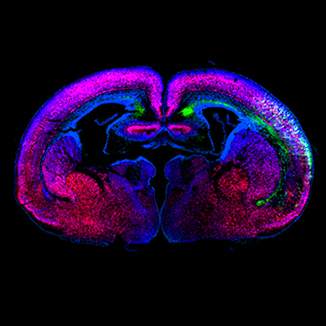Research synopsis


Selected publications
Castillo PE, et al (2023). Presynaptic protein synthesis in brain function and disease. J. Neuroscience; 43(45): 7483-8
Luisier R et al (2023). Axonal mRNA localization in response to neurotrophin treatment. Genome Research 33(9);1497-1512
Brookes E, et al (2022). A novel enhancer that regulates Bdnf expression in developing cortical neurons. iScience, Dec 1;26(1):105695
Andreassi C, et al (2021). Cytoplasmic cleavage of IMPA1 30 UTR is necessary for maintaining axon integrity. Cell Rep 34, 108778
Crerar H, et al (2019). Regulation of NGF signaling by an axonal untranslated mRNA. Neuron, 102 (3), 553-563
Brookes E & Riccio A (2019). Location, location, location: Nuclear structure regulates gene expression in neurons. Current Opinion in Neurobiology, 59:16-25
Riccio A (2018). RNA targeting and translation in axons. Science,359:1331-2
Funders
Research themes
Technology
People
Collaborators
Adolfo Saiardi (LMCB, UK)
Jernej Ule (UCL, UK)
Rejji Kuruvilla (Johns Hopkins University, USA)
Paolo Salomoni (DZNE, Germany)
Marco Gaspari (University of Catanzaro School of Medicine, Italy)
Gerhard Schratt (ETH Zurich)
Raphaelle Luisier (Idiap Martigny Switzerland)
 Close
Close


